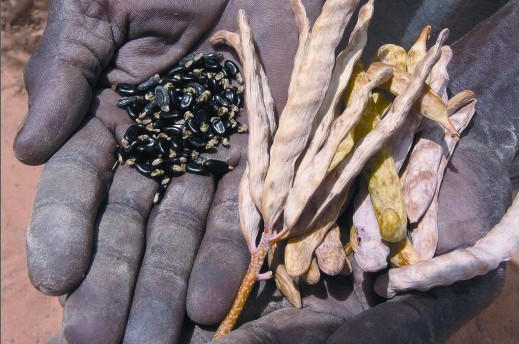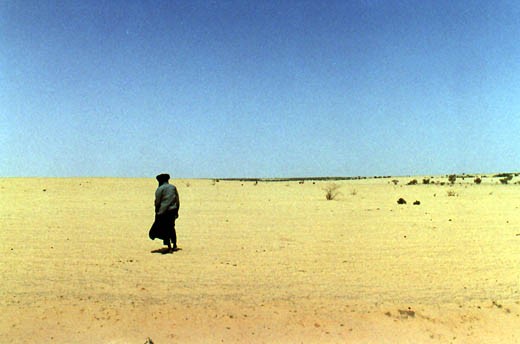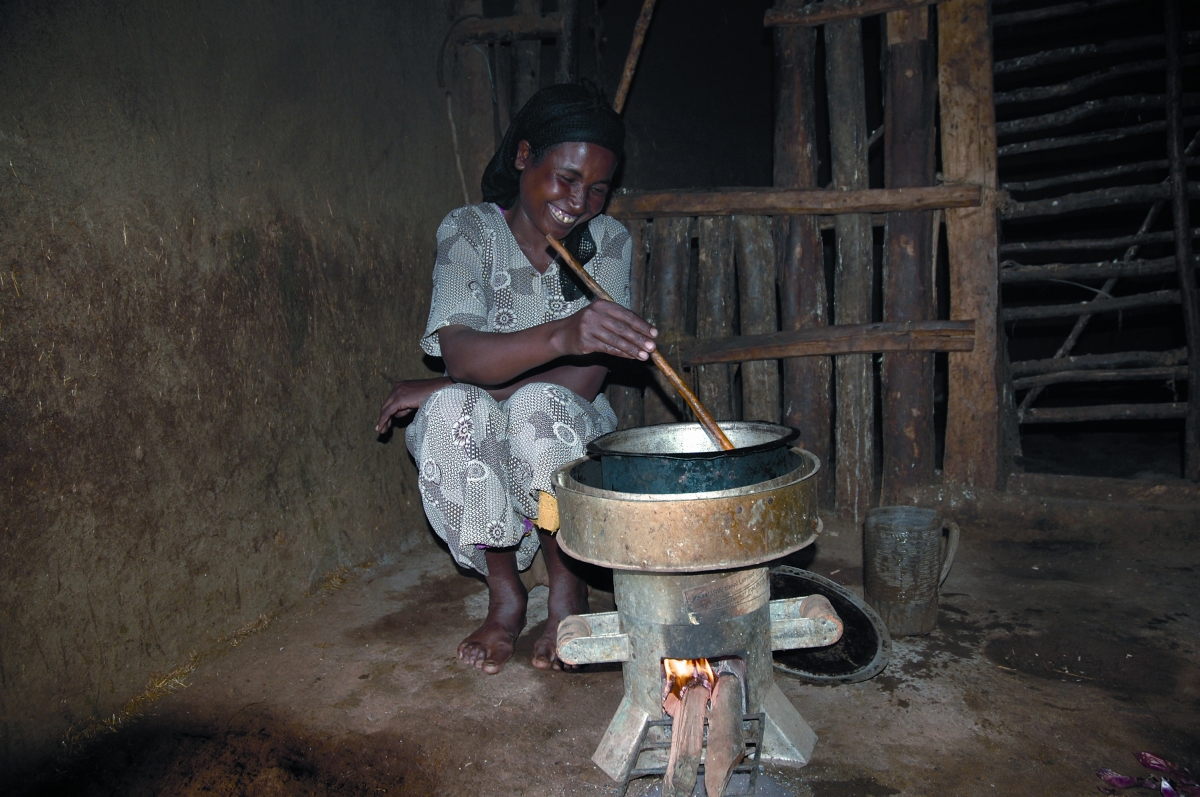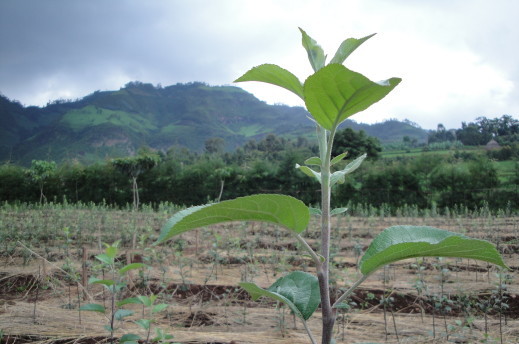The Food Security & Climate Change team within World Vision Australia provides a holistic Response to climate change with emphasis on food security, energy and natural resources. We are a cross-functional, multi-disciplinary team that can advise on food security, energy security, carbon markets and compliance, natural resource management, project management and business development.
|
|
|
|
|
FOOD |
CLIMATE |
ENERGY |
NATURAL RESOURCES |




